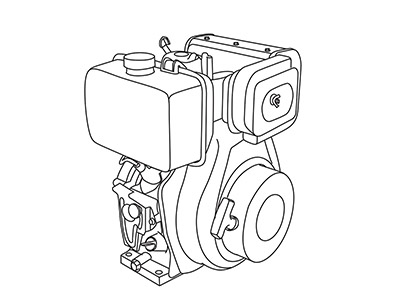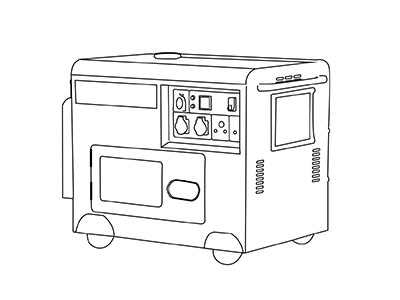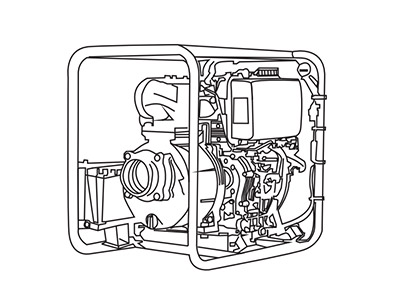Online vs Offline Transactions: A Comparative Analysis
 Apr 22, 2024|
Apr 22, 2024| View:18
View:18In the modern era of e-commerce, transactions can be broadly categorized into two types: online and offline. Both methods have their own unique set of advantages and disadvantages, catering to different consumer preferences and market needs. In this article, we will explore the key differences between online and offline transactions.
Online Transactions
Online transactions refer to the buying and selling of goods or services over the internet. They have become increasingly popular due to the convenience and accessibility they offer. Some of the key features of online transactions include:
Convenience: Online transactions can be conducted from anywhere, at any time, as long as there is an internet connection. This eliminates the need for consumers to physically visit a store or wait in line to make a purchase.
Variety: The internet offers a vast array of products and services from around the world, giving consumers access to a wider range of options than they would find in a physical store.
Cost-effectiveness: Online transactions often result in lower costs for both buyers and sellers. Sellers can save on overhead costs such as rent and utilities, while buyers can take advantage of competitive pricing and discounts.
However, online transactions also have their drawbacks:
Lack of physical interaction: Consumers may miss out on the sensory experience of physically examining a product before making a purchase.
Security concerns: There is always a risk of fraud or identity theft when sharing personal and financial information online.
Delayed delivery: Depending on the seller's location and shipping methods, delivery times for online purchases can vary greatly.
Offline Transactions
Offline transactions, on the other hand, involve the exchange of goods or services in a physical setting, such as a store or marketplace. They have been the traditional method of commerce for centuries and continue to be popular for several reasons:
Immediate gratification: Consumers can take possession of their purchase immediately after making a payment, without having to wait for delivery.
Personal interaction: Offline transactions allow for face-to-face interaction between buyers and sellers, which can lead to a more personalized shopping experience.
Hands-on experience: Consumers can physically examine and test products before making a purchase, reducing the risk of buyer's remorse.
However, offline transactions also have their limitations:
Limited selection: Physical stores are limited by space and inventory, which means they may not have as wide a selection of products as online retailers.
Higher costs: Offline transactions often result in higher costs for both buyers and sellers due to overhead expenses such as rent and labor.
Geographical limitations: Consumers are limited to the stores and services available in their immediate vicinity.
Conclusion
In conclusion, both online and offline transactions have their own unique set of advantages and disadvantages. The choice between the two ultimately depends on individual consumer preferences and the specific needs of the market. As technology continues to advance, it is likely that we will see a further integration of online and offline commerce, creating a more seamless shopping experience for consumers.Welcome to contact us:https://www.excaliburpower.com/contactus.html















